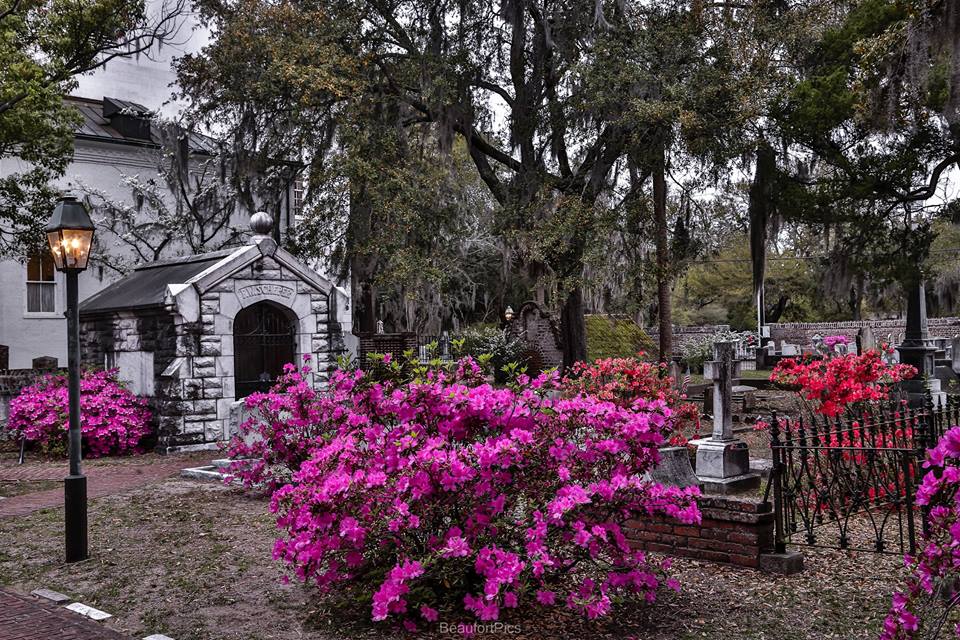14 interesting facts about Beaufort's best Historic Sights & Landmarks
History runs abound in Beaufort, and it seems we are constantly learning something new about the Queen of the Sea Islands.
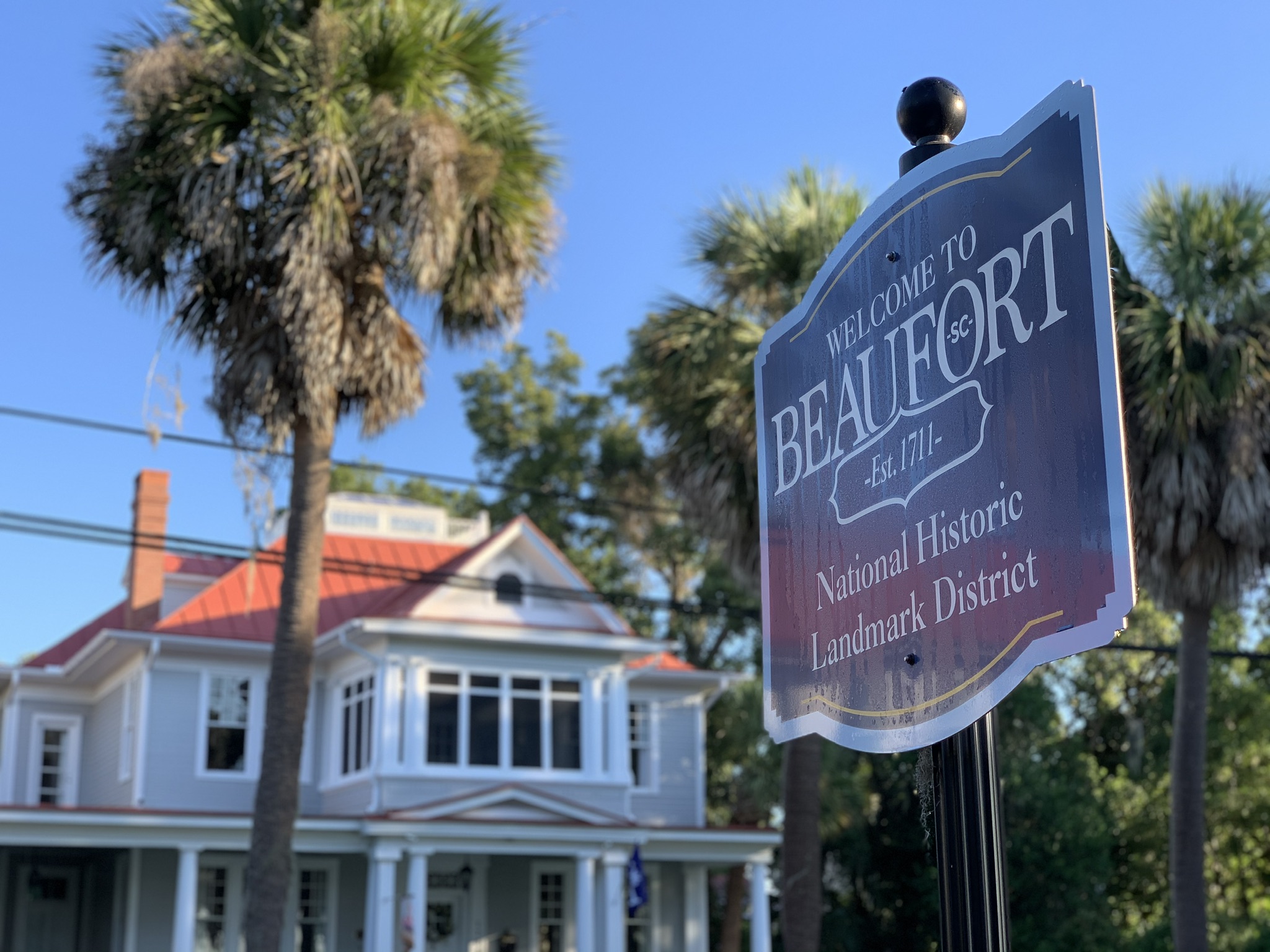
The stories these streets could tell would last a lifetime, and luckily, we’ve had a chance to record a few of them. We asked on our Facebook your favorite places to visit when you want to scratch that history itch or when you are recommending an outing to a visitor. Here are your 14 favorite historic places around Beaufort, along with fact about each one you might want to save for your next cocktail party:
The Parish Church of St. Helena
The Church’s present altar was carved by the sailors of the U.S.S. New Hampshire stationed in Port Royal Sound during the reconstruction era.
The Mckee-Smalls House
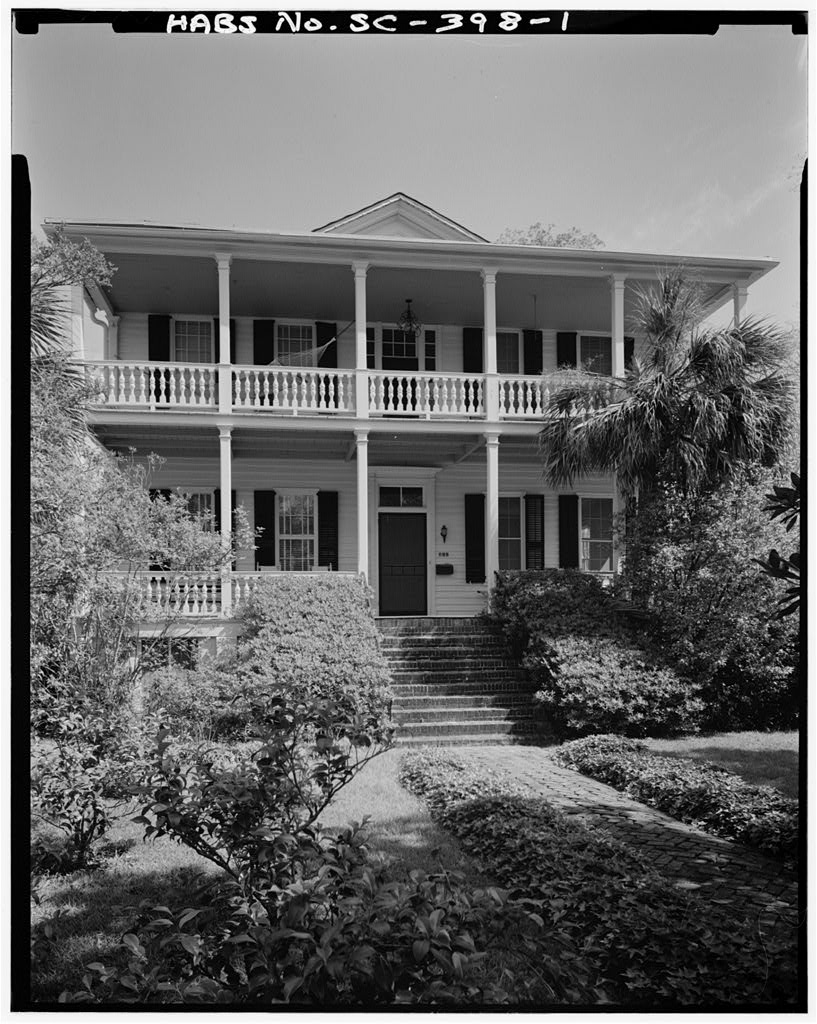
Robert Smalls, former slave turned Civil War hero and Congressman, served at this house for his master, John McKee and his son, Henry, before buying it as his own. His ownership was contested in court, but was finally granted to him by the U.S. Supreme Court and stayed in his family until 1953.
Fort Fremont
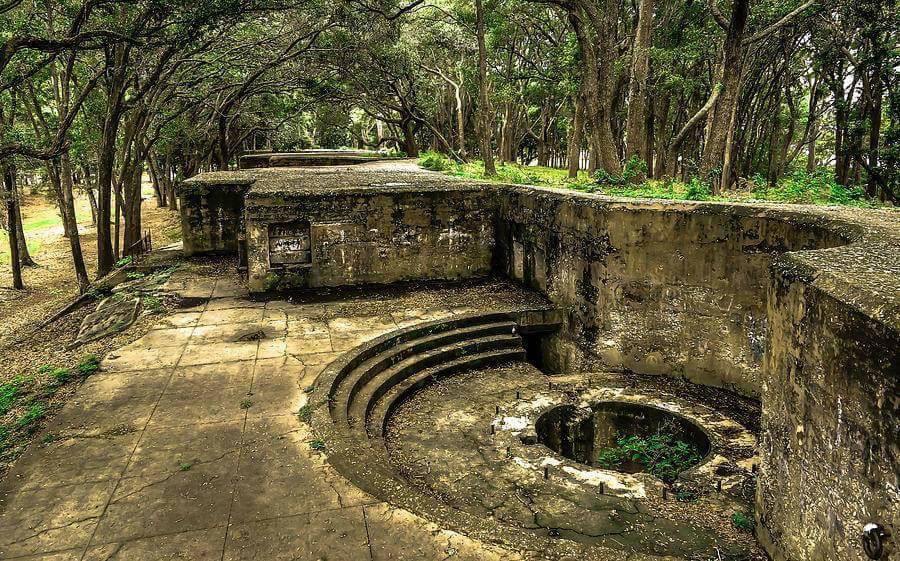
The fort was named after John C. Fremont, a Savannah native. General Fremont had played an enormous role in capturing California from Mexico years before. Little talked about, he was also the first Republican presidential nominee in the election of 1856, and he lost to James Buchanan. He carried deep abolitionist views and if he had been elected, Southern secession would have begun sooner than it did.
Old Sheldon Church Ruins
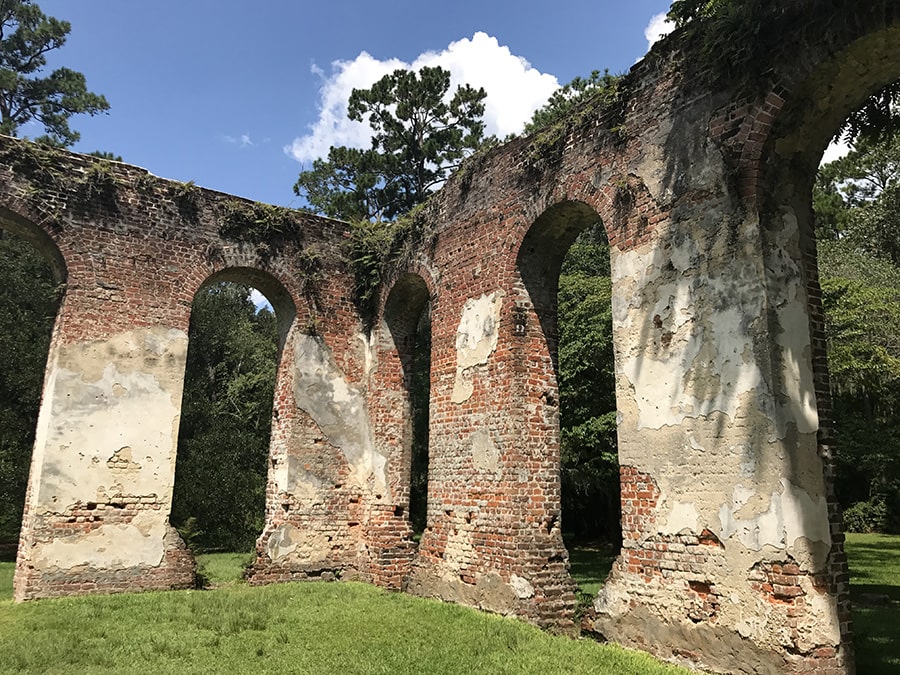
Built between 1745 and 1753 in a Greek Revival style of architecture, the church is said to be the first conscious attempt in America to imitate a Greek temple.
The Castle
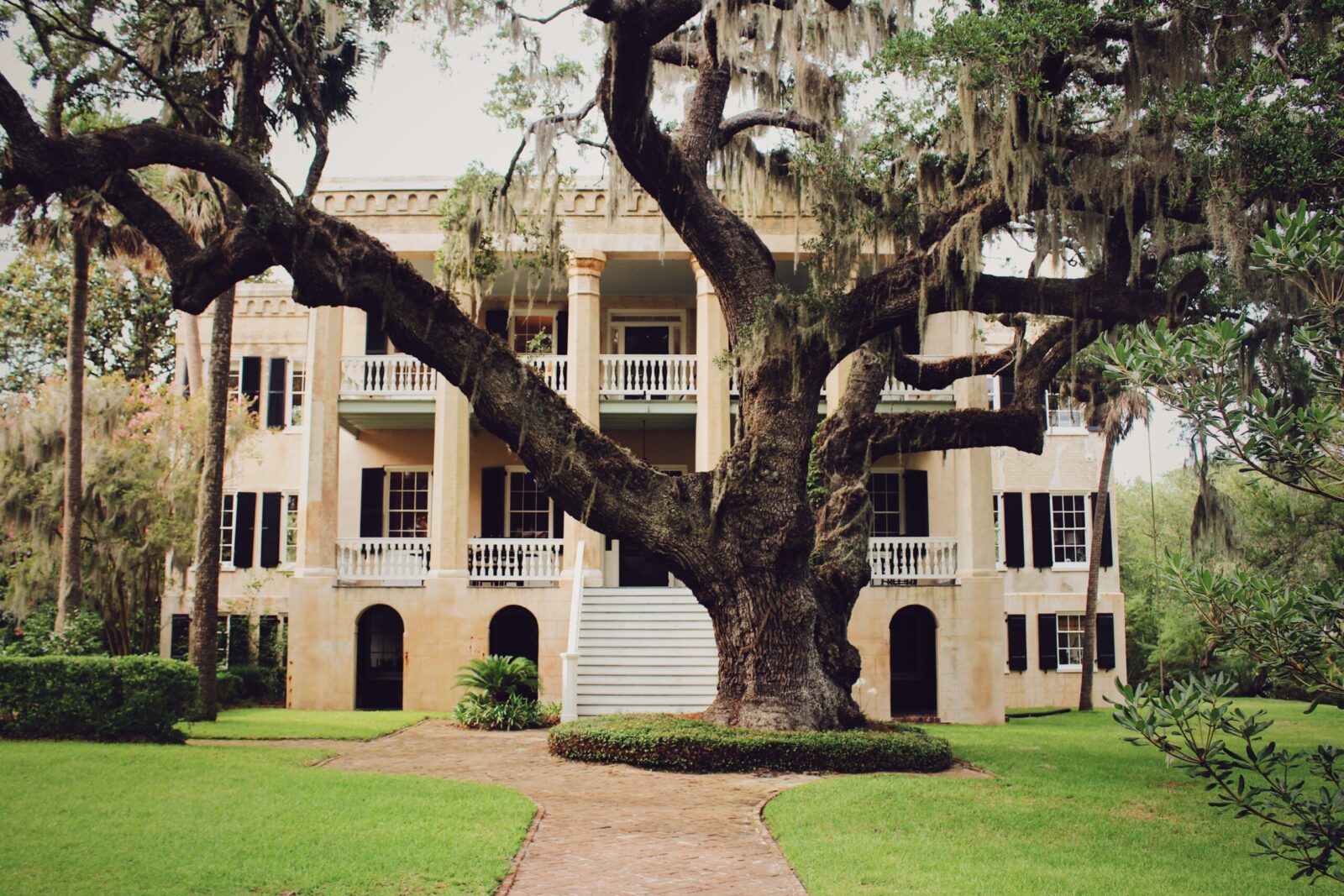
Built by Dr. Joseph Johnson in the 1850’s, the home is said to be haunted by none other than a French dwarf brought by French explorer Jean Ribaut and his Huguenots came to the area in 1562. And the ghost has a name if you’re interested in striking up a conversation – it’s Gauche.
The Chapel of Ease
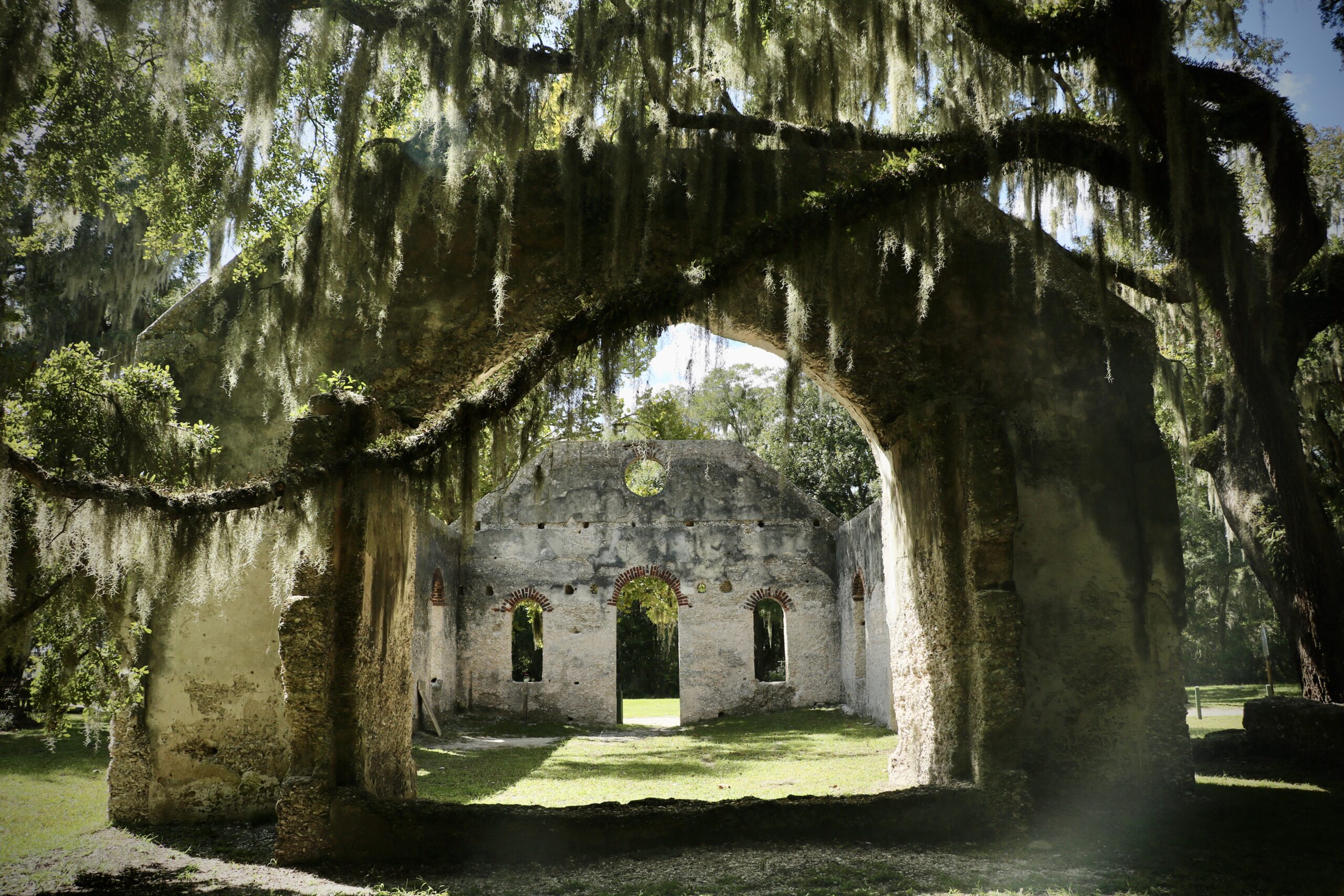
It was here on November 4, 1861 that Captain William Oliver Perry Fripp received the news that the Union troops were invading.
The Tabernacle Baptist Church
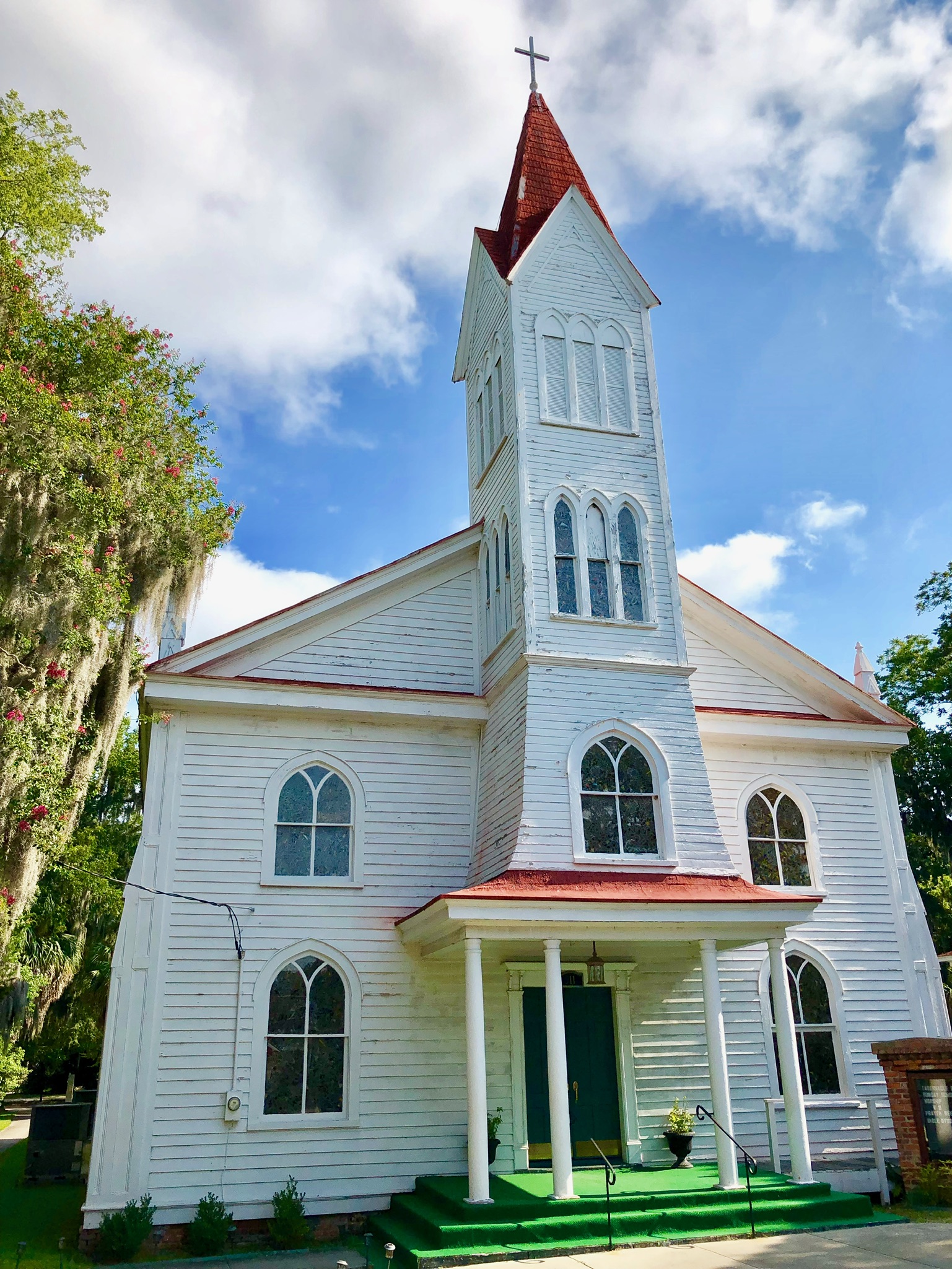
Robert Smalls was buried at Tabernacle Baptist Church after what was called the largest funeral ever held in the city of Beaufort.
Camp Saxton
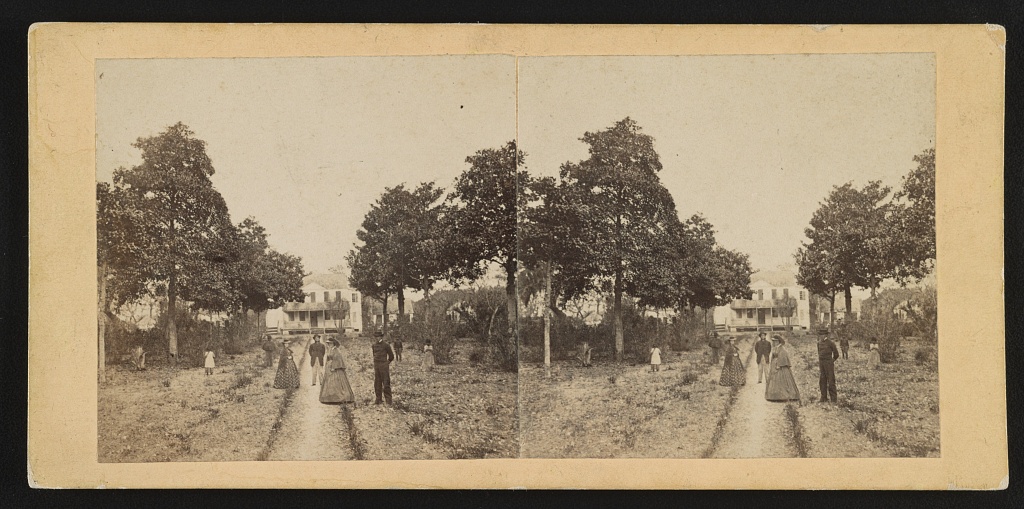
One of the first readings of the Emancipation Proclamation was held on Smith Plantation at Union Camp Saxton on January 1, 1863.
The Penn Center
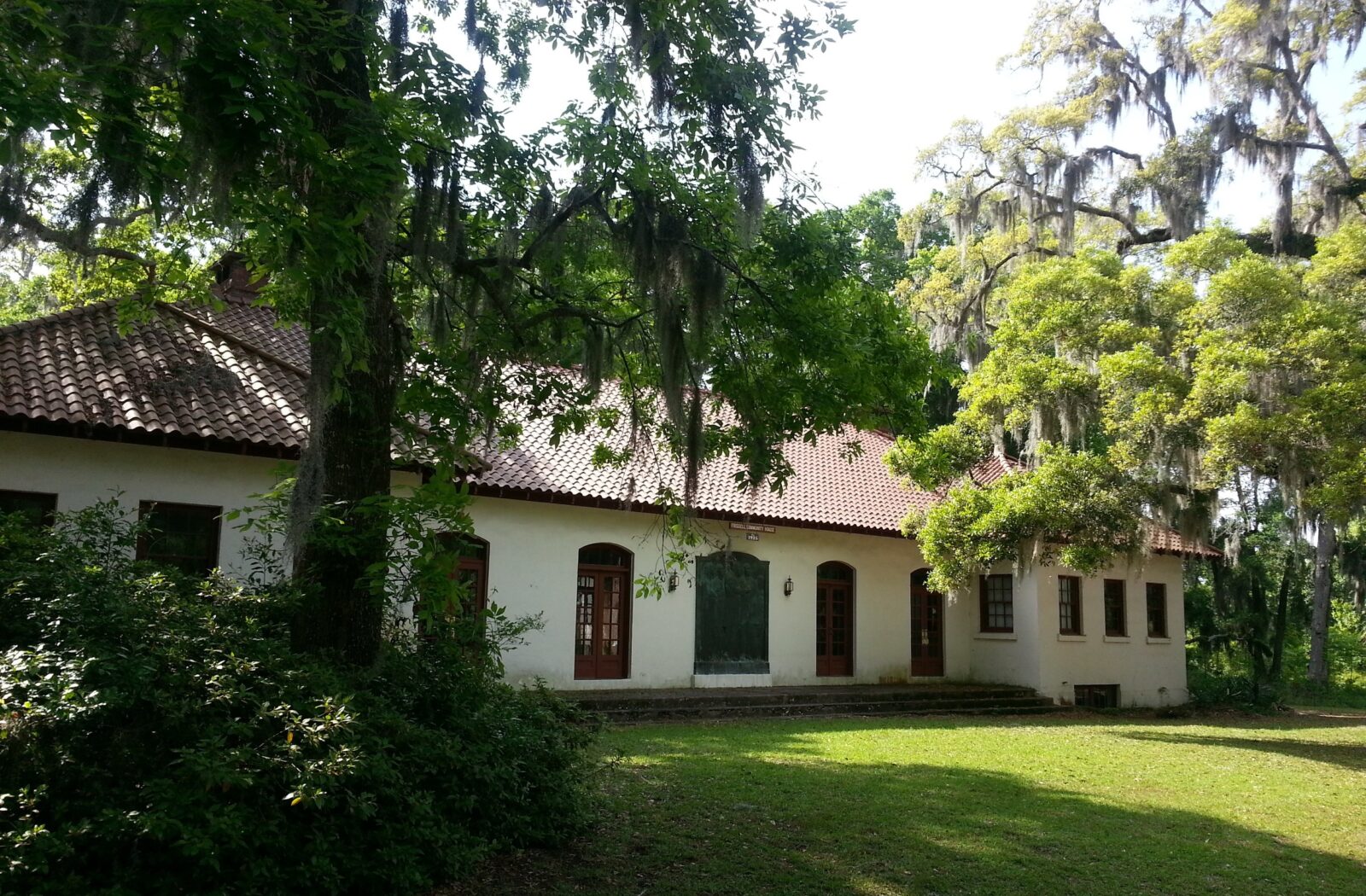
It was here that Martin Luther King, Jr. penned the first draft of his “I Have a Dream” speech.
Frogmore
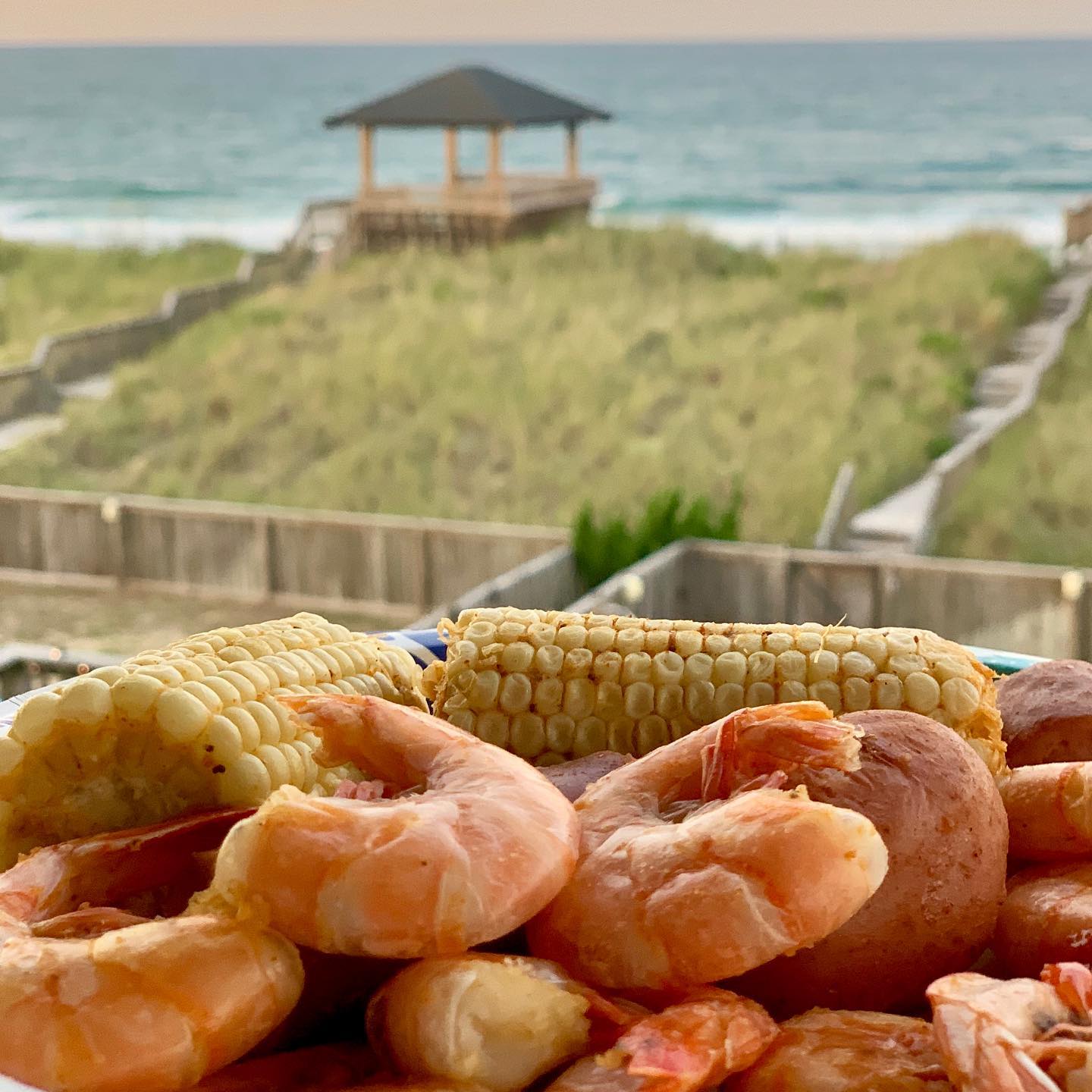
The term “Frogmore Stew” was coined in the 1960s by Richard Gay, one of the owners of Gay Fish Company on St. Helena Island.
The Hunting Island Lighthouse
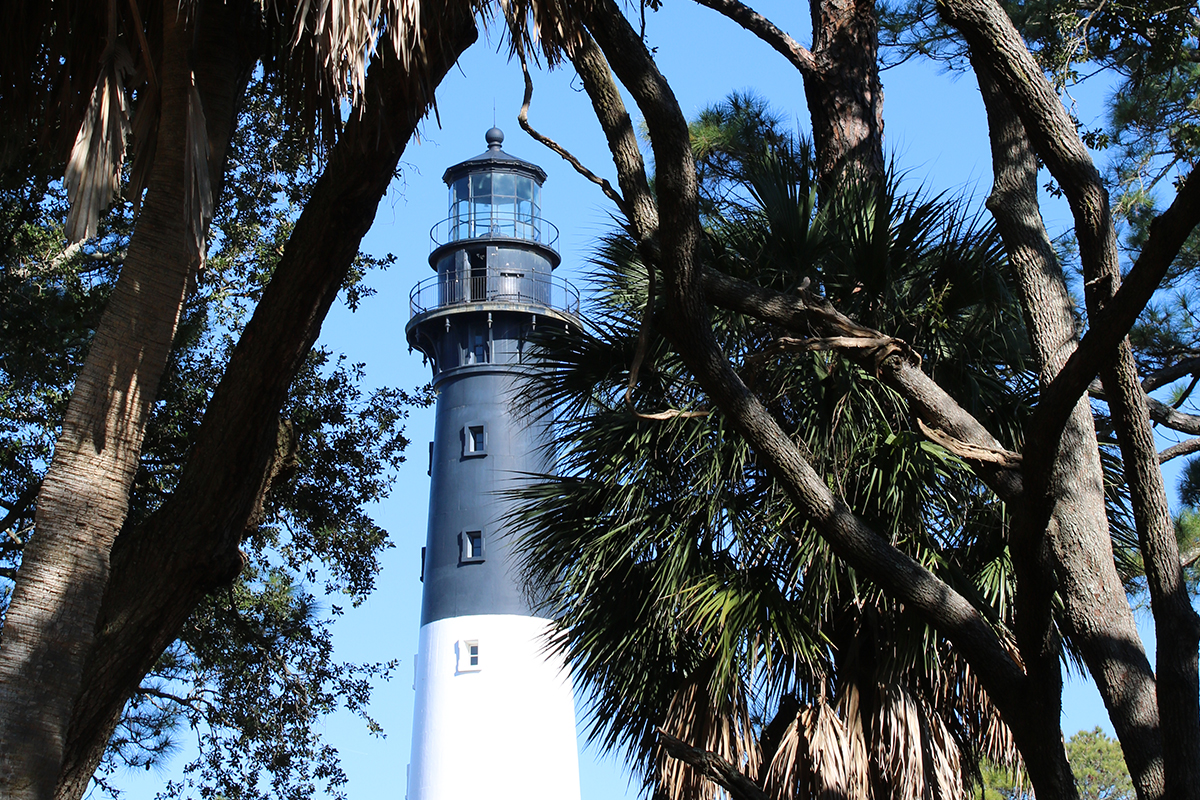
The Hunting Island Lighthouse was made with the “segmented cast-iron” lighthouse design founded by Major George H. Elliot in the 1860s, meaning it can be disassembled and moved if required.
Parris Island MCRD
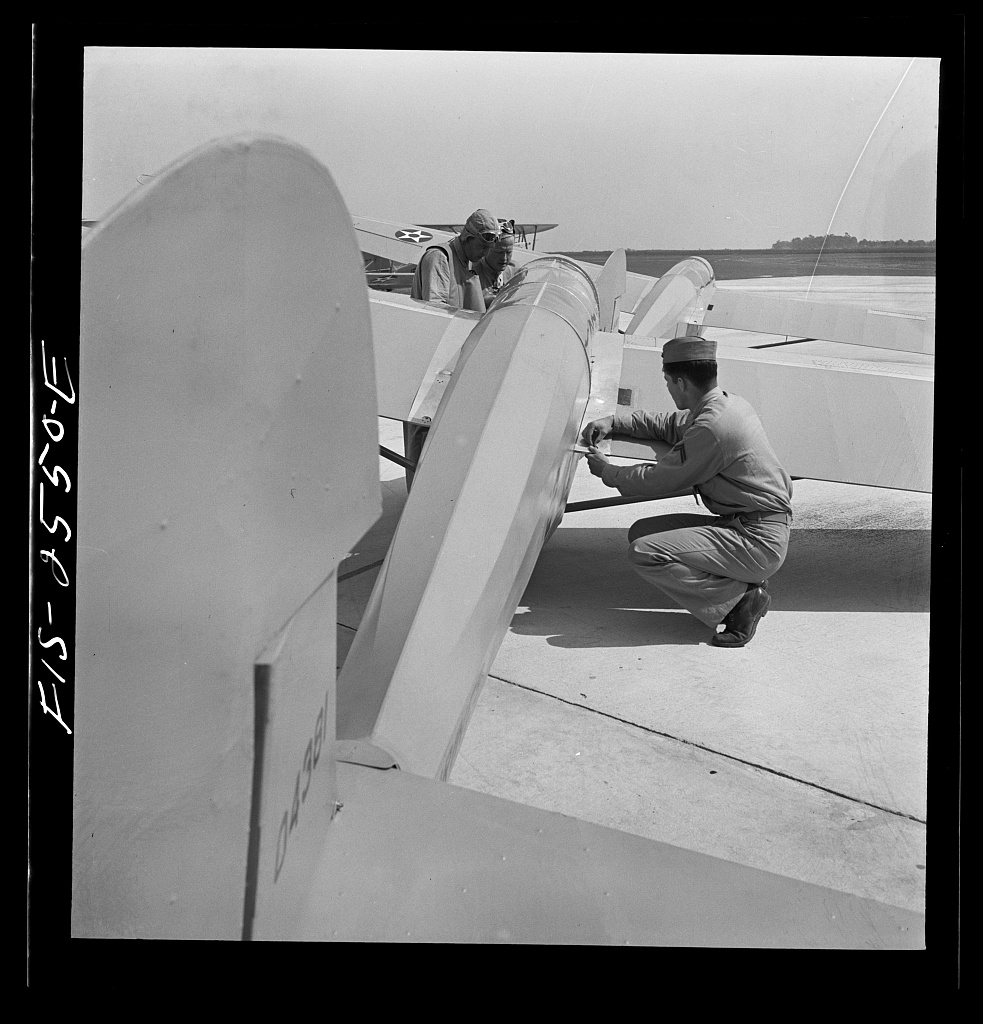
Parris Island started training in 1915 for men and 1949 for women, and trained 205,000 recruits during WWII.
Beaufort National Cemetery
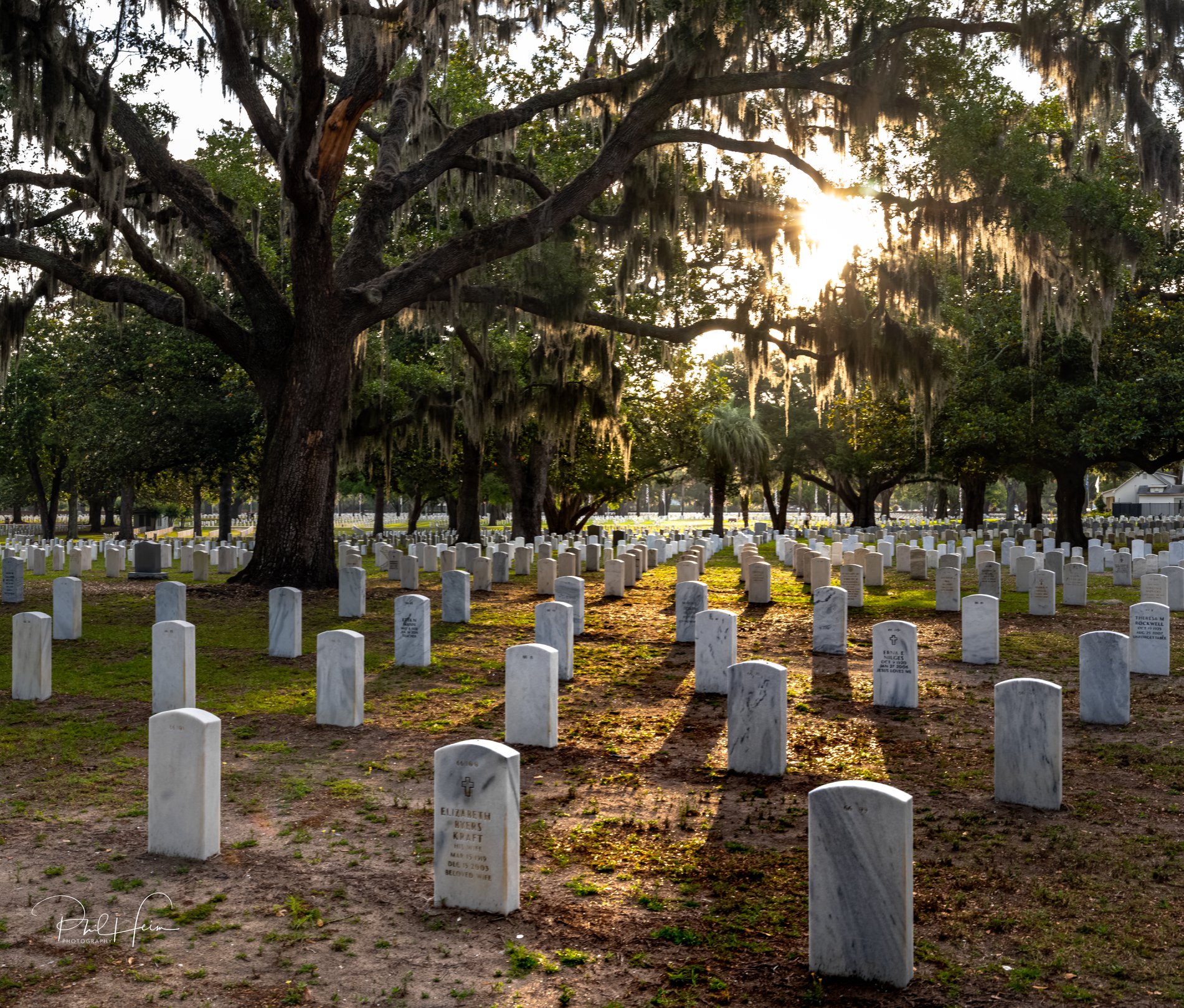
In 1987, the remains of African American soldiers of the 55th Massachusetts Regiment were discovered on Folly Island, and were subsequently moved to the Beaufort National Cemetery. At the cemetery’s 1989 Memorial Day ceremony, the soldiers were reinterred with full military honors, attended by the descendents of African American Civil War veterans and Massachusetts Governor Michael Dukakis.
The Arsenal
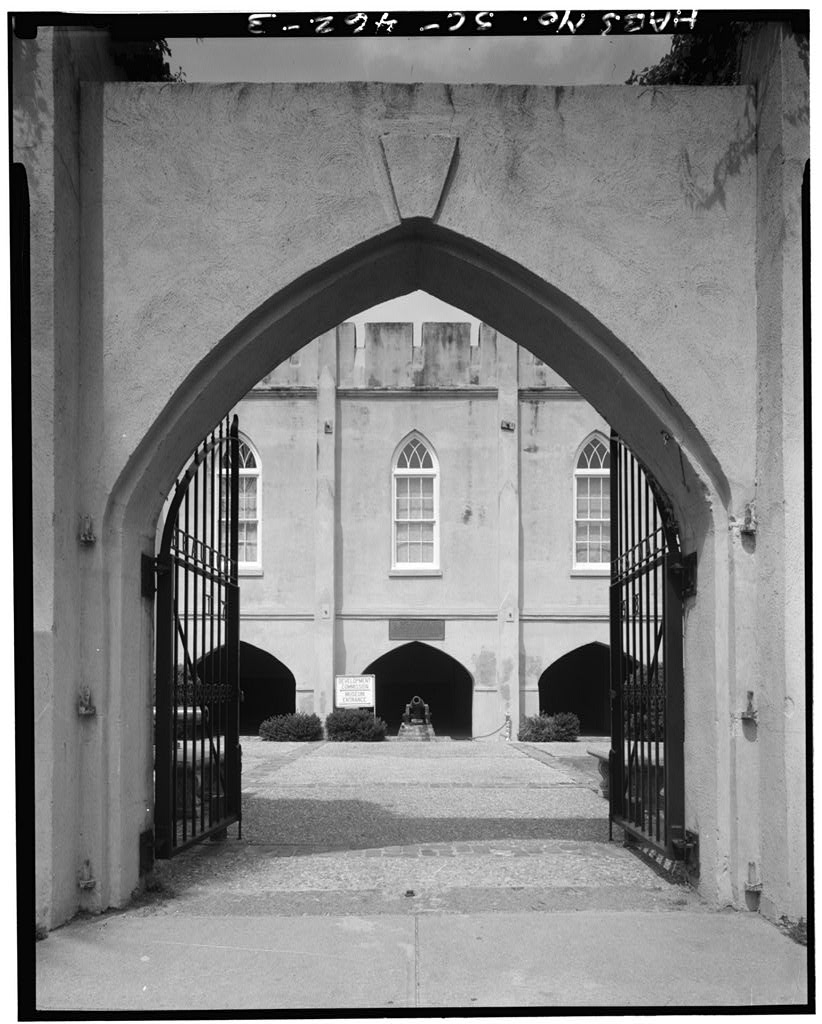
Built in 1798, the Arsenal was built on the original city square and served as the headquarters and weapons storage for the volunteer artillery.

